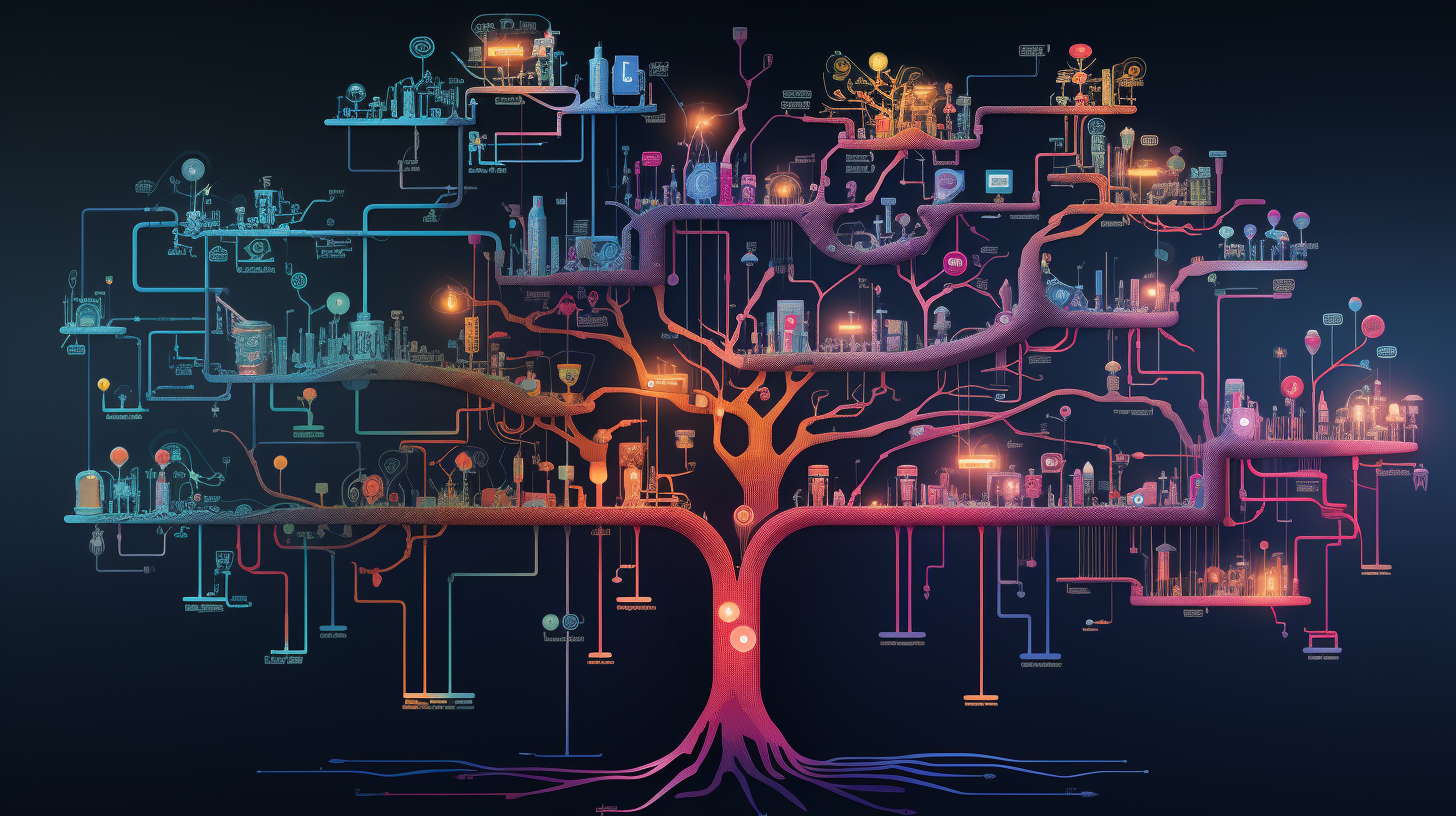In today’s rapidly evolving data and AI landscape, two disciplines have emerged as critical components for building and maintaining data-driven systems: Data Engineering and MLOps. Although they serve different purposes and have distinct focuses, there are areas where the line between them becomes quite thin, making it essential for practitioners to understand their similarities and overlaps.
Data Engineering is the process of designing, building, and managing the data infrastructure required for collecting, storing, processing, and analyzing large volumes of structured and unstructured data. It involves the development of data pipelines, ETL (Extract, Transform, Load) processes, and data storage solutions. Data engineers are responsible for ensuring that data is available, reliable, and usable for various analytical and operational purposes, including feeding into Machine Learning (ML) models.
MLOps, short for Machine Learning Operations, is the discipline of managing and automating the end-to-end lifecycle of ML models. It aims to ensure the smooth and continuous integration, deployment, monitoring, and governance of ML models in production environments. MLOps involves the collaboration between data scientists, ML engineers, and operations teams to ensure the efficiency, scalability, and reliability of ML models.
Despite their distinct focuses, there are areas where MLOps and Data Engineering intersect, requiring close collaboration between data engineers and ML engineers or data scientists. One such area is data preparation, which involves cleaning, transforming, and preprocessing data for use in training ML models or for other analytical purposes. Data engineers often handle the initial stages of data preparation, while ML engineers or data scientists may be involved in feature engineering or creating derived features specifically for the ML model.
Another area of overlap is the integration of data pipelines and ML models. Data engineers need to ensure that the data pipelines are optimized for the specific requirements of the ML models, such as real-time data processing or handling large data volumes. This close relationship extends to model deployment, where data input/output, data preprocessing, and model serving infrastructure become shared concerns. Data engineers may be responsible for implementing the infrastructure needed to support model serving, while ML engineers focus on integrating the models into the existing data pipeline.
Monitoring and model performance is a joint responsibility in production environments. Data engineers might be responsible for ensuring data pipeline reliability, while ML engineers or data scientists track the performance of the models. Both teams should collaborate to identify issues and optimize the overall system.
Finally, data storage and management are essential for MLOps, as model artifacts like model weights, hyperparameters, and metadata need efficient storage solutions. Data engineers, who have expertise in data storage technologies, often collaborate with ML engineers to design and implement these storage solutions.
In conclusion, while Data Engineering and MLOps have their distinct objectives and tasks, there are areas where the line between them is thin, and effective collaboration between the two disciplines is crucial. Understanding the relationship between these fields is essential for the successful implementation and ongoing management of data-driven and AI-powered solutions in modern organizations.
Learn more about MLOps in our latest ebook, Essential MLOps: What You Need to Know for Successful Implementation. Download your free copy now.











